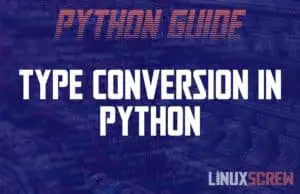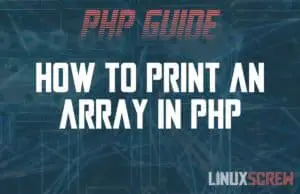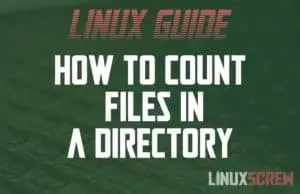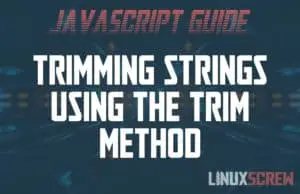Converting Variable Types in Python, Howto, With Examples
This article will show you how to use Python’s built-in variable conversion functions, with examples. A variable’s type determines what kind of data it can store and what can be done with it. For example, string typed variables contain sequences of characters that can be joined and split (think words and sentences). In contrast, numeric typed variables contain numeric values intended to be used in calculations. Being able to convert a variable’s type allows data to be used in different ways. Converting a Variable to a … Read more




![Linux man Command and Man Pages [Explanation/Examples] 4 Linux man Command](https://cd.linuxscrew.com/wp-content/uploads/2021/08/linux-man-command-feature-300x194.jpg)


![Check Type of Variable in JavaScript with typeof [Examples] 7 JavaScript typeof Operator](https://cd.linuxscrew.com/wp-content/uploads/2021/08/javascript-typeof-feature-300x194.jpg)


![How to Get the Last Item in a JavaScript Array [Quick Tip] 10 JavaScript - Get last item in array](https://cd.linuxscrew.com/wp-content/uploads/2021/08/javascript-last-item-in-array-feature-300x194.jpg)